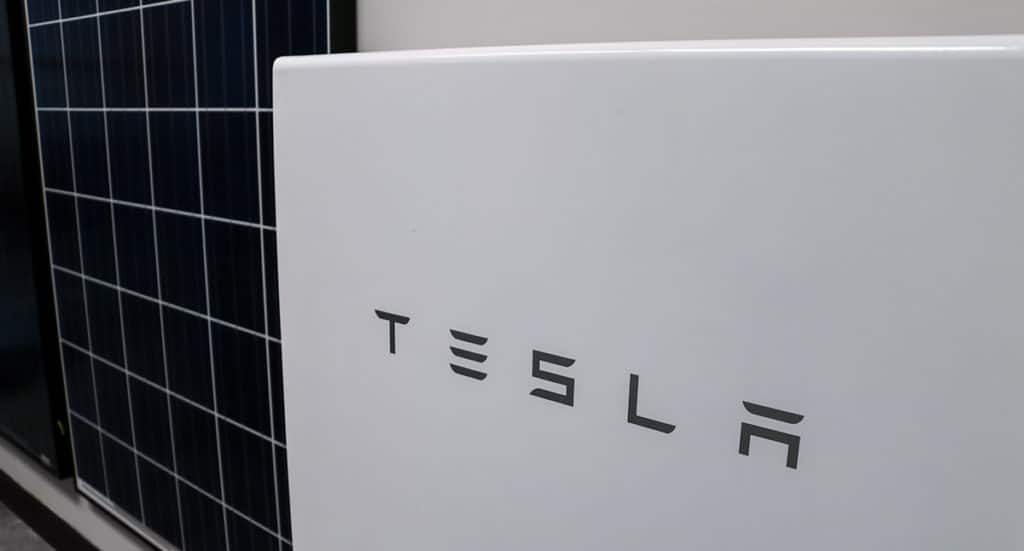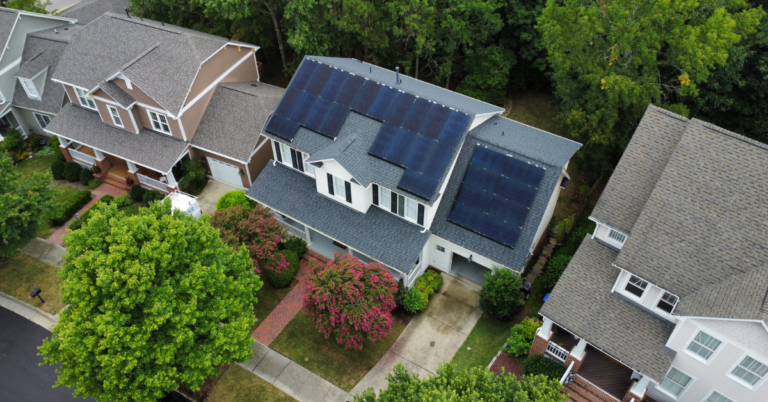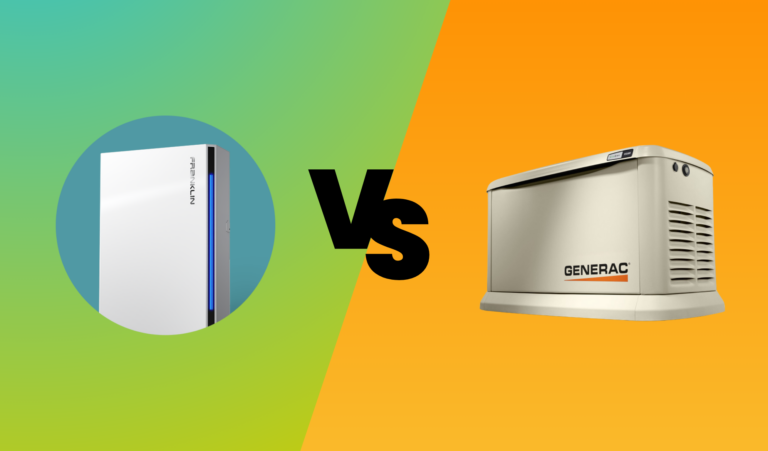One of the tangential benefits of the Powerwall is the visibility (thru Tesla for instantaneous, and SolarEdge for longitudinal) to electricity consumption, and learning how to manage your aggregate consumption to solar + Powerwall capacity…
For example:
- In the morning, wait on showers until the Powerwall+solar has enough capacity to run the water heater (5kW)
- Set the electric car charger to run at a lower rate, unless we really need fast charging (we run at 2.8kW vs. 7.2kW max rate for the car and 10kW rate for the JuiceBox)
- Run the car charger for 3-4 hours during midday so that we don’t hit the grid. We still can easily put in 10 kW a day (40 miles or so) keeping it on the solar. We use the car to soak up “extra” power that we generate by keeping it less than full unless we need a full charge for a long trip.
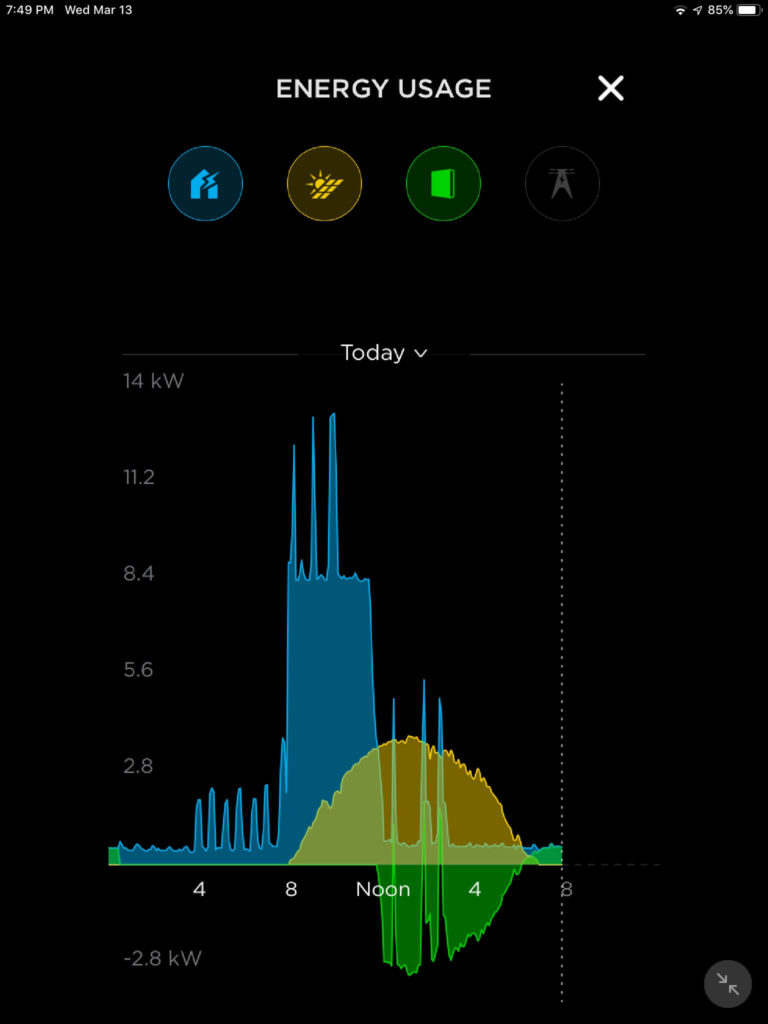
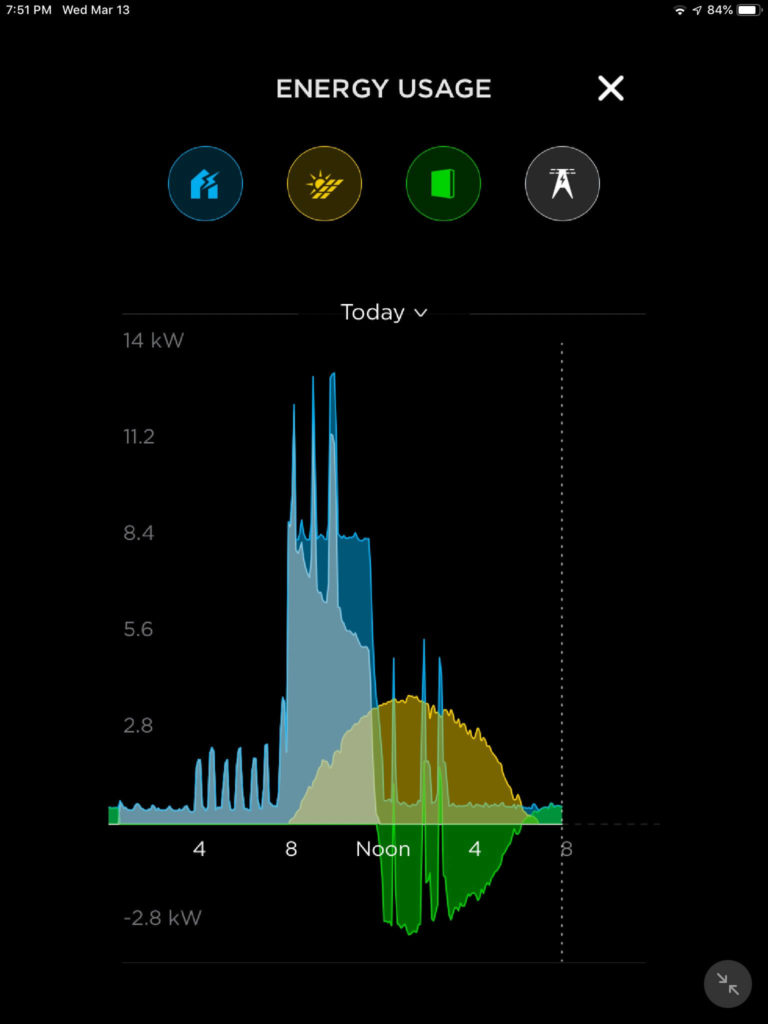
You’ll see that yesterday’s sunshine lasted until about 12:30am. Then, the HVACs cycled a bit between 4am and 8am. Then, I charged the car (the 7.2 kW plateau) for about 30 kWh; we were leaving to come to the Triangle at 12:30pm the car was half charged. I usually step down the charge rate to match solar but that wasn’t possible today. When I unplugged the car, the solar (we generated over 26 kWh today) started charging the Powerwall. The spikes in the early afternoon were the dishwasher.
The Powerwall went up to 85% today, and I currently keep a backup reserve of 10%. The Powerwall is currently at 80% and will run all night. If I didn’t have the Powerwall, I’d have given up a lot of power today, and if I hadn’t changed the car as I did, I would have filled the Powerwall and gone into uncompensated export.
So a real key is not only the system, but learning how to maximize the system. And we’re also continuing to do things to reduce the power footprint of appliances. We installed new heat pumps in October, so it will be interesting to see how they do during this upcoming cooling season. Already, during the heating season, it seems to be making a difference. We are shopping for one of the combo washer/condenser dryers to replace the traditional washer/dryer.
One of my favorite examples about power is one that I may have mentioned to you before. We have a set of bistro lights on the deck. When we bought them they came with 24 11 watt incandescent bulbs. We ran it 6 hours per day in the evening. so that was 264 watts, or 1,584 (1.5 kWh) per day. I noticed the spike on the Tesla app. Swapping to 2 watt LED cut that to 48 watts, or 288 watts per day, a reduction of 1.3 kWh per day or 473 kWh per year. That’s enough power to drive the electric car 1,900 miles…just for a set of bistro lights converting to LED from incandescent. And, the power reduction at $.10/kWh paid for the bulbs in less than a year…
So it’s working very well, and the Powerwall is a critical part of maximizing the benefit of going solar.
— Joel, SEM Shine Tribe Member
Want to learn more about battery storage?
We have a ton of resources on our website (linked below). As always, our team is here to help you make the best decision for your energy goals. If you have any questions, schedule a chat with one of our Solar Educators!
Your Top 2024 Tesla Powerwall Questions Answered →

